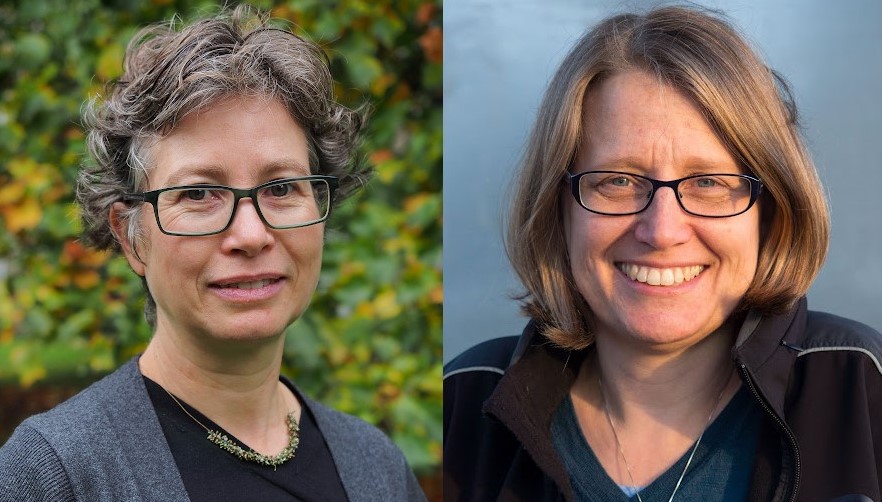LLS Colloquium: Research Talks from Tamar Keren-Portnoy and Sam Hellmuth

Wednesday 13 October 2021, 4.00PM to 5:00 PM
Speaker(s): Tamar Keren-Portnoy (University of York) and Sam Hellmuth (University of York)
On Wednesday 13th October 2021 we will hear two shorter talks on research taking place in the department. First Tamar Keren-Portnoy will present her work on how infants learn to operate an app with their own voice:
‘Did I just do that?’: Six-month-olds learn to operate an app with their voice
It has been shown that infants can increase or modify a motorically available behavior such as sucking, kicking, arm waving, etc., in response to a positive visual reinforcement (e.g., DeCasper & Fifer, 1980; Millar, 1990; Rochat & Striano, 1999; Rovee-Collier, 1997; Watson & Ramey, 1972). We tested infants to determine if they would also change their vocal behavior in response to contingent feedback, which lacks the social, emotional, and auditory modeling typical of parent-child interaction. Here, we show that in a single five-minute session infants increase the rate of their vocalizations in order to control the appearance of colorful shapes on an iPad screen. This is the first experimental study to demonstrate that infants can rapidly learn to increase their vocalizations, when given positive reinforcement with no social element. This work sets the foundations for future studies into the causal relationship between the number of early vocalizations and the onset of words. In addition, there are potential clinical applications for reinforcing vocal practice in infant populations who are at risk for poor language skills.
This will be followed by a talk from Sam Hellmuth, who will present her work on intonational variation and change in York English, in collaboration with Ciara Farrelly:
Intonational variation and change in York English
The variety of English spoken in the city of York, UK, is of sociolinguistic interest due to the ‘recycling’ of traditional dialectal forms such as Definite Article Reduction (‘to t’pub’) and Past-Reference ‘come’ (‘I come home late last night’) by younger (typically male) speakers. This is despite the fact that – in the same apparent time studies based on the York English Corpus (‘YEC’) – middle-aged speakers (aged 50-70) used these forms less than older speakers (>70), so these patterns had previously appeared to be falling out of use (Tagliamonte, 1998; Tagliamonte & Roeder, 2009). In this paper we first argue for the existence of a distinctive ‘Yorkshire rise-fall’ nuclear contour, which is sufficiently different in form and distribution from rise-fall contours reported for other varieties of British English that it can be characterised as a traditional (prosodic) feature of Yorkshire dialects. We then explore whether the observed patterns of variation in lexical-grammatical variables are mirrored in variation and change in use of this distinctive Yorkshire rise-fall nuclear contour, in apparent time, via qualitative analysis of a data subset from YEC.
The talks will take place at 4pm on Zoom, and there will be an opportunity to ask questions at the end - you can join using this link.
Location: Online event, on Zoom
